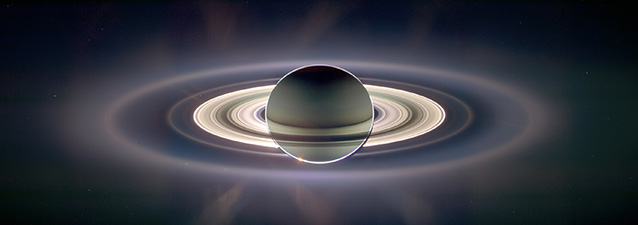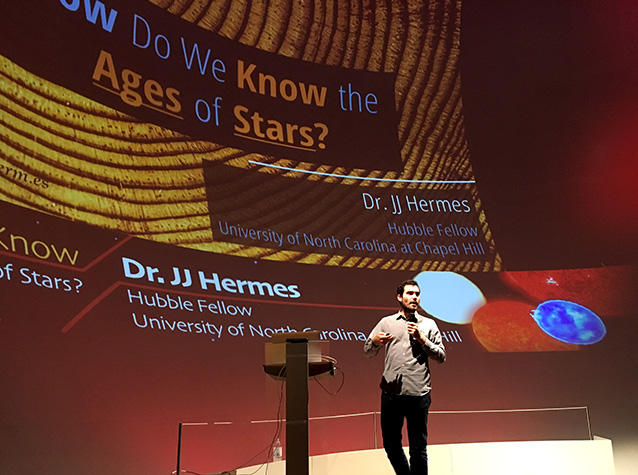
ASTRONOMY ON TAP TRIANGLE
In 2017 I founded the North Carolina chapter of Astronomy on Tap, which facilitates short, accessible talks about astronomy in a relaxed setting. I have organized the first few events around themes: supermassive black holes, nucleosynthesis, gravitational waves, the search for life, and the beginning and end of the Universe. More information about Astronomy on Tap Triangle is located on the group's Twitter feed and Facebook page.
MEDIA
I have done several interviews with radio programs and podcasts. In May 2013 I did a 30-minute interview with KRTS, the NPR affiliate for far west Texas based in Marfa. In July 2013 I had a half-hour conversation with "They Blinded Me with Science," a radio show with KVRX, the student-run radio station for UT-Austin. Both can be streamed online. Additionally, I have been involved in print coverage, including BBC News, The Daily Mail, and Scientific American.
TWITTER #scicomm
I have tried to engage with the public more broadly with Twitter threads on behind-the-scenes astronomy, as well as down-to-Earth explainations of my recent publications. Some threads follow below -- simply click on the date for links to the whole thread.
 PRESENTATIONS
PRESENTATIONS
I have uploaded some of my favorite outreach talks to Speaker Deck:
The Kepler Mission's Search for Earth 2.0
January 2018, Astronomy Days 2018, North Carolina Museum of Natural Sciences, Raleigh, NC
Humanity's quest to put eyes and ears on gravitational waves
October 2017, Staunton River Star Party, Staunton River State Park, Scottsburg, VA
How Do We Know the Ages of Stars?
January 2017, Astronomy Days 2017, North Carolina Museum of Natural Sciences, Raleigh, NC
Real Life Death Stars: Measuring Rocks on Alien Planets by Tearing Them Apart
January 2016, Astronomy Days 2016, North Carolina Museum of Natural Sciences, Raleigh, NC
TIME-LAPSE PHOTOGRAPHY
At 5 a.m. on the mountain, sometimes the only thing the brain can do is edit photos. Here are some experiments with time lapse:
Sunset to sunrise, all in a night's work on the 2.1m at McDonald Observatory. (Timelapse, May 2011)
McDonald Observatory star party, seen from above. (Timelapse, April 21, 2012)
|